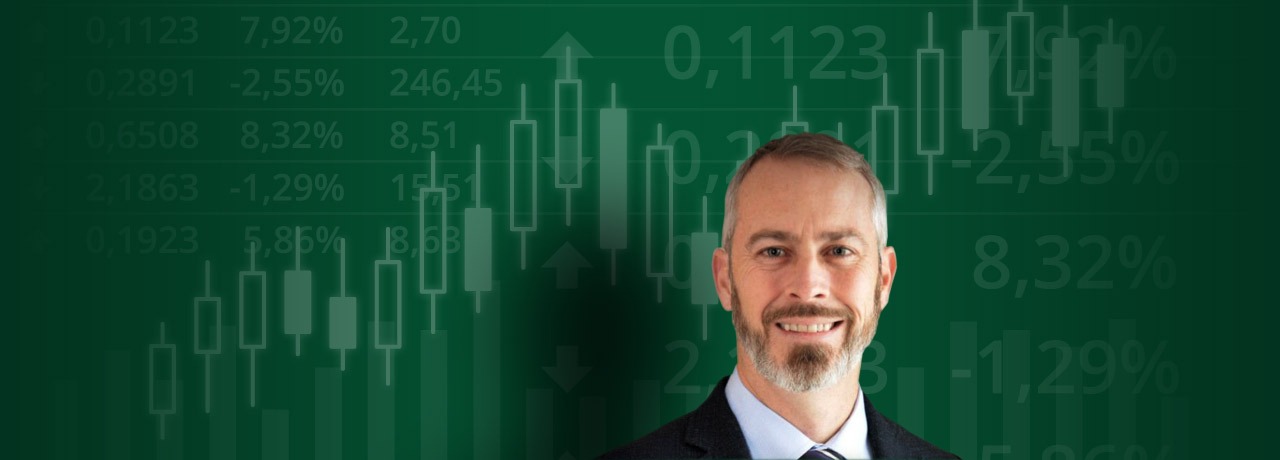This is from John Mauldin at http://www.frontlinethoughts.comI think he does a wonderful job of explaining how the Commodity Index Funds stay off of the CFTC's radar in their weekly Commitment of Traders reports.
Swapping out Commodities
The Commodity Futures Trading Commission announced yesterday that they are
looking very hard at possibly closing a regulatory loophole that allowed some
extremely large commodity index funds to get around position limits. For those
not familiar with the concept of limits, it basically works like this. No trader
or fund is allowed to own more than a specific amount of a commodity traded on
the futures exchange. This limit varies from commodity to commodity and exchange
to exchange. The point is to keep one group from manipulating the price of a
commodity, as the Hunts did with silver in the early 80s.
The loophole is one where large investment banks can sell a "swap" for a
specific commodity like corn and then hedge their position in the futures
markets. There is no limit on the amount of the commodity that can be hedged.
So, a fund can accumulate sizeable positions far in excess of what they could do
directly by working with an investment bank. In essence, the swap is a
derivative issued by a bank which acts just like a futures trade, but it is with
the bank as guarantor and not an exchange. Swaps are not regulated as such. And
up until now, the banks were seen as legitimate hedgers so there were no limits
on what they could buy in the futures markets.
This works for very large commodity index funds which try to mirror a
particular commodity index and need to be able to buy very large positions in
excess of the normal limits (and there are scores of them), and for the banks
that make the commissions and profits on the swaps. Remember, the fund gets a
management fee, so growing the size of the fund grows their fees.
These indexes typically have about 26 commodities, with the largest
allocation to oil, but almost anything that is traded has some small portion of
the allocation. As I noted last week, there are some who believe this is working
to drive up the price of commodities beyond the simply supply and demand
principles. Whether or not you believe this to be the case, the CFTC is looking
at the loophole.
The key word in the announcement yesterday was the word "classification." Their classification can be tracked in the Commitment of Traders Report classified as hedgers and as such have no limits. But
they are not rea lly hedging the actual physical commodity as a farmer or
General Mills might do, but the hedge is their financial position.




